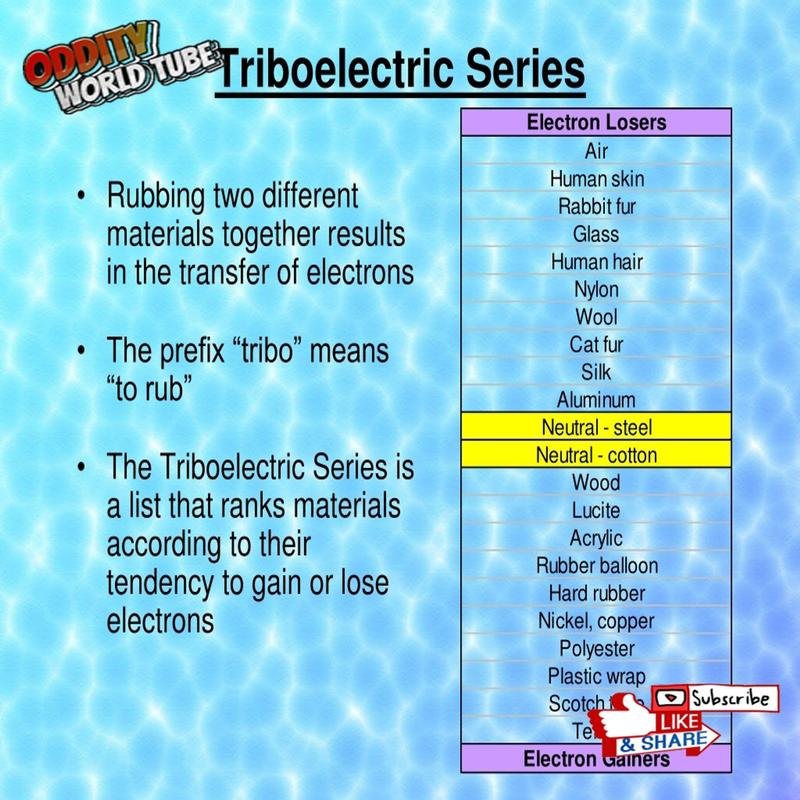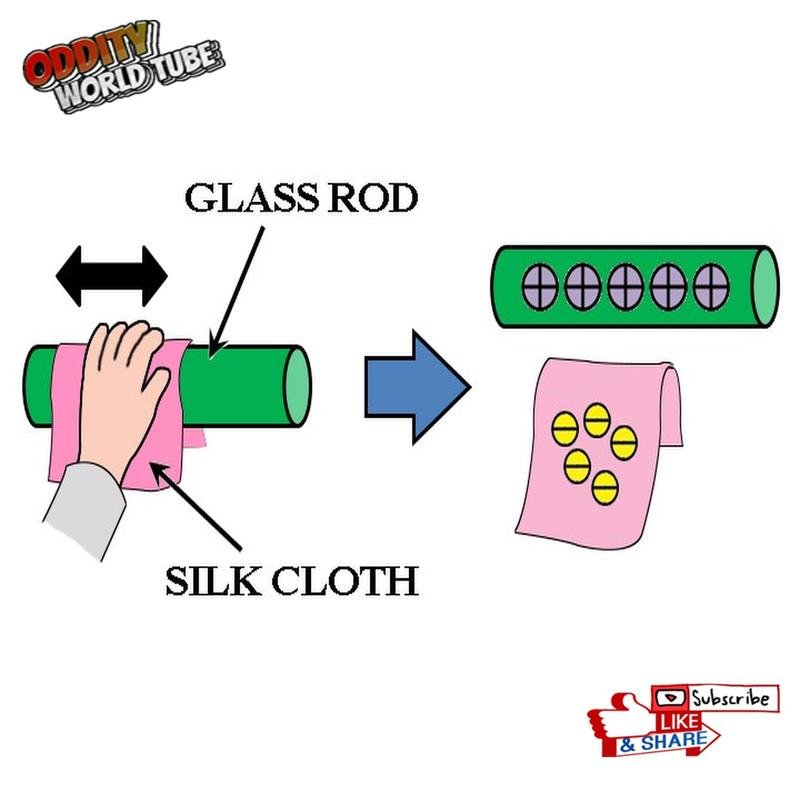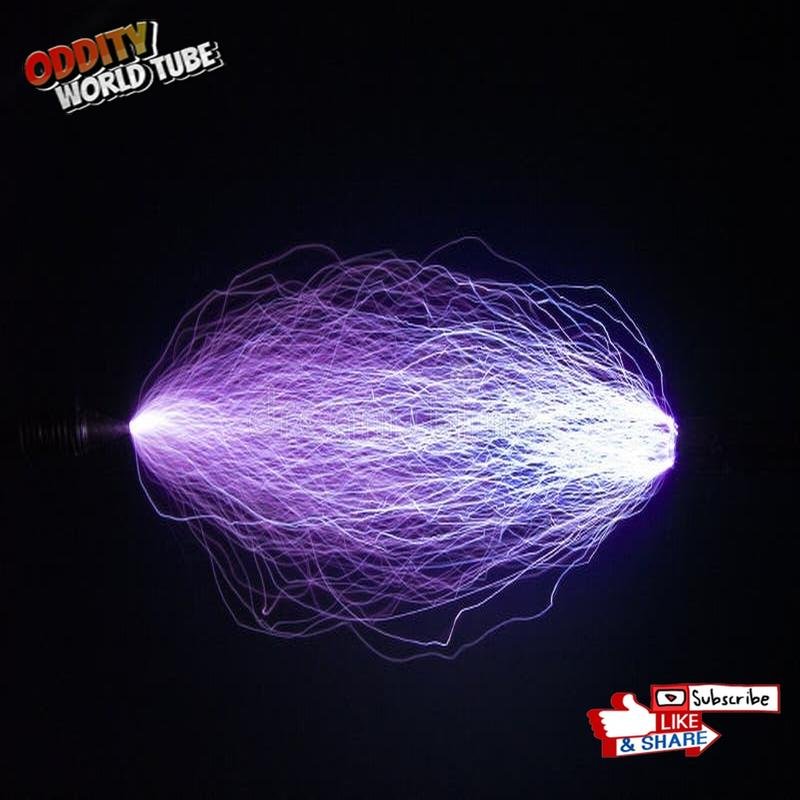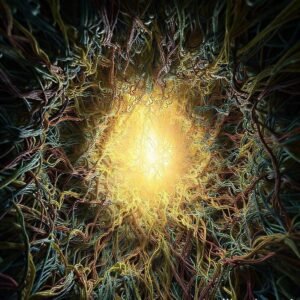Static Electricity: Shocking Facts 💡 | Science Simplified #Physics #Electricity #Science

Static Electricity Explained Simply
Static electricity, a commonplace phenomenon often perceived as surprising, is fundamentally a manifestation of atomic-level interactions governed by basic physical principles. Comprehending this phenomenon necessitates a thorough examination of atomic structure, charge transfer mechanisms, and environmental influences.
Atomic Structure and Charge Transfer
The atom, the fundamental unit of matter, comprises a positively charged nucleus (containing protons and neutrons) orbited by negatively charged electrons. Typically, an atom exhibits electrical neutrality, with an equal number of protons and electrons. However, electron gain or loss creates an electrical imbalance, resulting in a net charge—the basis of static electricity.
Causes of Static Electricity
Static electricity arises from electron transfer between contacting surfaces subjected to friction. Certain materials readily cede electrons, while others readily accept them. For instance, rubbing a woolen cloth against a rubber balloon causes electron transfer from the cloth to the balloon, leaving the balloon negatively charged and the cloth positively charged. The magnitude of the generated static charge depends on several factors, including material properties, frictional force, and ambient humidity. Dry air, a poor conductor, impedes charge dissipation, leading to greater charge accumulation and more pronounced static effects. Consequently, static shocks are more frequent in winter’s dry air when touching metal objects or another person.
The Triboelectric Series
The triboelectric series provides a valuable framework for predicting electron transfer between materials. This series ranks materials based on their relative propensity to gain or lose electrons. Materials higher on the series tend to lose electrons and become positively charged, while those lower gain electrons and become negatively charged. For example, glass, positioned higher than rubber on the series, will lose electrons and acquire a positive charge when rubbed against rubber.
Electrical Discharge and Static Shocks
Static charges accumulate on a surface until a critical threshold is reached, triggering electrical discharge. Discharge involves the rapid transfer of charge from a charged surface to an oppositely charged or neutral surface. This discharge may manifest as a spark or crackling sound, perceived as a static shock. The shock’s intensity correlates with the accumulated charge and the potential difference between surfaces.
Applications of Static Electricity
Static electricity finds extensive application in various industrial and technological processes. It is utilized in photocopying and laser printing, where static charges attract toner to paper; in air filtration to remove particulate matter; and in automotive painting to ensure even paint distribution. Furthermore, it plays a crucial role in natural phenomena such as lightning, where charge accumulation in clouds culminates in sudden discharge to the ground or other clouds. Benjamin Franklin’s 1752 kite experiment, while hazardous, demonstrated lightning’s electrical nature, significantly advancing our understanding of electricity. Heinrich Hertz’s 1888 discovery of the photoelectric effect—electron emission from a metal surface upon light exposure—further illuminated the nature of light and electrons.
Static Electricity in Nanotechnology
Nanotechnology leverages static electricity for nanoparticle manipulation and assembly. Electrostatic self-assembly techniques enable the creation of complex nanostructures with unique properties. For example, static electricity can be used to arrange nanoparticles on a surface to fabricate electronic devices or materials with enhanced optical characteristics.
The Influence of Humidity
Humidity significantly influences static electricity. Water’s high electrical conductivity facilitates charge dissipation, reducing charge accumulation in humid environments. Conversely, dry environments promote charge accumulation, increasing the likelihood of static shocks.
Mitigation Strategies
Mitigation strategies for static electricity include the use of anti-static materials (sprays or conductive fabrics) to dissipate accumulated charges and the use of humidifiers to increase ambient humidity.
Conclusion
Our comprehension of static electricity continues to evolve through scientific and technological advancements. Ongoing research fosters the development of innovative applications and enhances the safety of electronic devices and industrial equipment. Static electricity, far from being a mere inconvenience, is a fundamental natural force with widespread applications across diverse fields. Despite its apparent simplicity, it embodies intricate atomic and molecular interactions. Continued scientific inquiry and technological innovation will undoubtedly reveal further insights into this phenomenon, unlocking new avenues for its beneficial exploitation.








